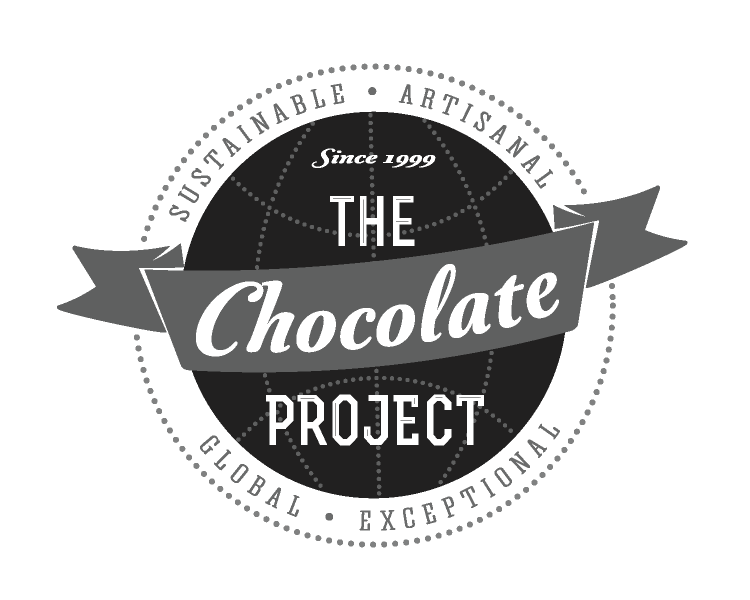The process of conching is unique to the chocolate industry and critical to the production of fine chocolate. Yet it remains an arcane mystery to most chocolate lovers. Join us in today's blog as we delve deeper into the wonders of the conche...
When a bag of cacao beans arrives at a chocolate making facility the beans are first sorted, roasted and winnowed. We'll cover these important steps in a future post, but for now we want to focus on what happens next - the grinding and conching that turns them into chocolate.
The average cacao bean is about 50% fat – that's the cocoa butter – and 50% solid particles. These solids are what carry all the colour, taste and most of the nutrient component of a chocolate bar. These solids are also very intensely flavoured with notes of bitter tannins, green vegetation, acetic acid and volatile elements which can taste like vinegar and nail polish remover. Not stuff anyone would want in a chocolate bar. Remember that when we eat chocolate we are consuming the seed of a fruit. Imagine if someone offered you a roasted peach pit or apple seed. You'd think twice before trying it I'd bet. Cacao seeds fresh from the fruit are incredibly unpleasant tasting. After fermentation they don't taste much better. That we have figured out how to make such a delicious treat out of them is one of the amazing parts of chocolate alchemy.
Rendering the roasted, winnowed seeds into chocolate begins with grinding them down into a paste where the fats and solids become one smooth, harmonious whole. This grinding is typically achieved using a melangeur, which is a large vessel in which heavy granite rollers circle for hours breaking down the nibs into paste. Sugar is usually added during the grinding so the finished product could be (and sometimes is) tempered and molded out into bars. The flavour of freshly ground beans can be very intense though, even verging on the bizarre and the texture straight from the melangeur will always be slightly gritty and very slow to melt. This is where conching comes in.
The conche was invented in 1879 by Rudolf Lindt, a Swiss chocolatier. Before this, virtually all chocolate was consumed as a beverage. Within a few years of his invention conches were standard equipment in chocolate factories and refined, or “eating” chocolate was all the rage. If you look up “chocolate conching” on YouTube you'll see a vast array of machines in action all of which do basically the same thing as Lindt's original invention. The three principles of chocolate refining are heat, motion and time and a conching maching provides all three via a series of paddles or rotors which keep the chocolate molten and always moving over a heated base. This process can last for many hours, or many days depending on the result the chocolate maker is looking for.
Conching not only breaks down the particulate matter of cacao into bits so tiny your palate cannot detect them it also enrobes every little morsel in a perfect coating of cocoa butter. When done properly the result is a bar which slowly and evenly releases its flavours over many minutes of controlled melting on your tongue. Conching provides both aeration and oxidization to the cocoa mass which helps to eliminate harsh volatile flavours and enhances desirable ones. But conching has its limits. Over-conching results in chocolate that is too soft and which falls apart on the palate immediately. Days of exposure to the heat of a conche eventually caramelizes the sugar content leaving your bar tasting of caramel and little else. Even worse, excessive conching eventually strips away all the natural flavour and acidity from chocolate leaving a bar that is flat, bland and lifeless. It is not an exaggeration to say that much of what separates the great chocolate makers from the merely pretty good ones is simply knowing when to stop the conche.
